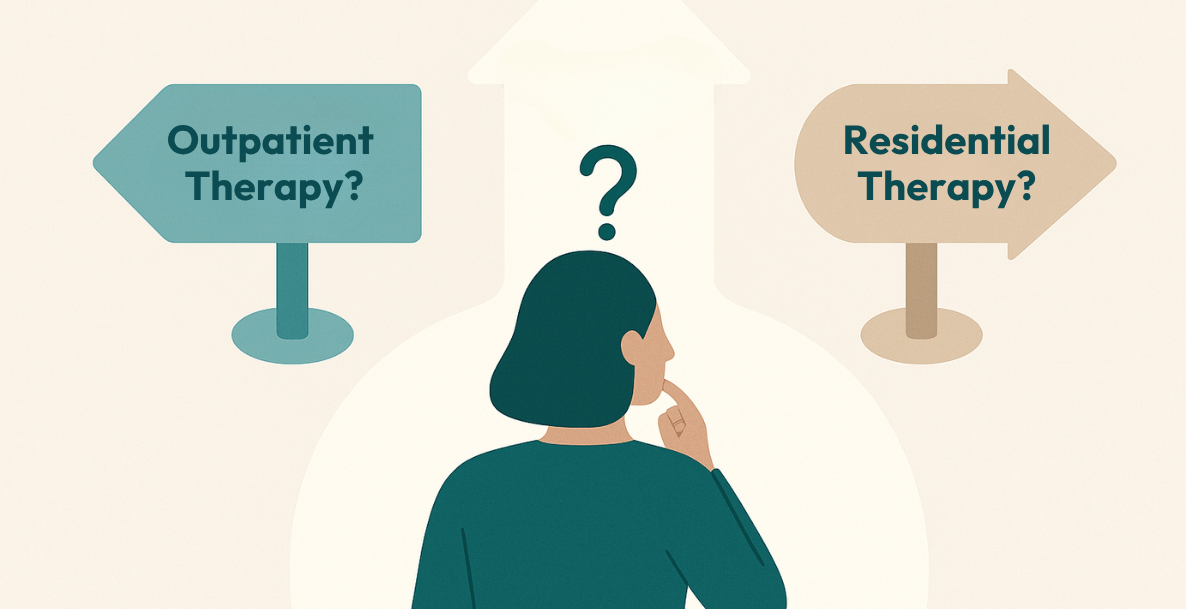There’s no denying that Borderline Personality Disorder (BPD) and Narcissistic Personality Disorder (NPD) can appear similar to the outside observer. Both are characterised by difficult interpersonal relationships and the need for external gratification. However, when we look a bit more closely, both conditions have unique symptoms and causative factors. Despite this, it’s not uncommon for people with BPD and NPD to end up in relationships.
This article will explore both conditions, examine the potential environmental causes, discuss why they can be drawn together, and what can happen when they do. It’s important to remember each person, their condition, and their relationship is unique – this article is a broad overview.
Understanding Borderline Personality Disorder
The DSM -1V defines Borderline Personality Disorder (BPD) as a ‘pervasive pattern of instability of interpersonal relationships, self-image and affects and marked impulsivity’. Some of the more common symptoms include:
- Dysfunctional interpersonal relationships
- Instability in mood
- Dysphoria
- Self-injurious behaviour
- Fear of abandonment
- Maladaptive coping behaviours[1]
- Impaired occupational functioning[2]
One of the easiest ways of understanding BPD is to consider people with the condition as having difficulty returning to their emotional baseline.
While people without BPD might see something that annoys them, get slightly angry about it, and move past it, this could provoke a huge, long-lasting emotional reaction in those with BPD. In the same way, if something good happens, people with BPD might feel ecstatically happy for much longer than someone else might. To friends, families, and loved ones, these huge emotional peaks and troughs can be difficult to deal with and cause relationship problems.
The precise cause of BPD is still a grey area – like many mental health conditions, it’s thought that it can arise from a combination of historical, genetic, and environmental factors, including:
- Childhood abuse (in particular, severe and sustained abuse)[3]
- Neglect
- Genetics
- Separation from loved ones

Download the Brochure
Discover Our Innovative Trauma Recovery Pathway
Understanding Narcissistic Personality Disorder
According to research, narcissism usually starts to develop at around the ages of seven or eight – at the time when we start to assess ourselves based on our perception of others. The core belief of all narcissism is the belief that the person with the condition is somehow superior to others.
Narcissism is thought to be caused by a combination of genetic and environmental factors. If we’re brought up with parents that over-exaggerate our good qualities and achievements while only superficially engaging with us, it puts us at risk of developing Narcissistic Personality Disorder (NPD). On one level, we’re being told that we’re better than other people, while on another, we’re getting the conflicted message that we’re not worth having a meaningful relationship with.
It’s thought that narcissism occurs on a spectrum – people can have narcissistic traits or be clinically diagnosed with Narcissistic Personality Disorder. Common symptoms of the latter are:
- Being self-centred
- Feelings of grandiosity
- Being willing to exploit others to get what they want
- An overwhelming need to be admired
- A severe lack of empathy
- A desire for control[4]
What Happens in a Relationship Between Someone With BPD and Someone With NPD?
Relationships between people with BPD and NPD can help each party fulfil their needs – albeit in an unhealthy manner. For the BPD sufferer, they see everything they can’t do in the narcissist – it’s someone who appears confident and self-assured. They can feel like the perfect counterbalance to their own insecurities, and this is amplified by the emotional dysregulation of BPD.
When the person with NPD meets someone with BPD, they can tend to use them to fulfil their need for validation, often at the expense of the BPD sufferer’s boundaries and feelings. This insatiable need for attention coupled with the heightened emotions of BPD to make a volatile mix. If the person with NPD’s needs aren’t met, they can often turn cold and distant, shunning the person with BPD and triggering their fear of abandonment.
However, the party with BPD isn’t always the victim. In certain instances, their extreme behaviour can push the person with NPD so far that they decide to move on and get their needs met by someone else. If the person with BPD pursues them after this, it can play into the person with NPD’s desire for attention and control.
Explore Our Treatment Options
Find Out What Makes Us Different
The staff at our globally recognised mental health clinic have been informed, trained and supervised by some of the world’s leading trauma experts such as Dr Bessel van der Kolk, Dr Janina Fisher, Dr Stephen Porges, Dr Dick Schwartz and more.
Point To Remember
It’s important to remember that although the behaviours of both parties in this relationship have the capacity to cause pain and discomfort, it’s not done with malice. As distasteful as they may seem, they’re simply pursuing a maladaptive approach (often learned in childhood)[5] to get their needs met.
However, in the context of a BPD/NPD relationship, these issues are not resolved by following the same patterns – they need to be addressed in trauma-informed therapy. By breaking the cycle with therapeutic intervention, it can prevent children from growing up in chaotic environments and potentially learning those maladaptive coping strategies.
If you have a client or know of someone struggling to heal from psychological trauma, reach out to us at Khiron Clinics. We believe that we can improve therapeutic outcomes and avoid misdiagnosis by providing an effective residential program and outpatient therapies addressing underlying psychological trauma. Allow us to help you find the path to realistic, long-lasting recovery. For more information, call us today. UK: 020 3811 2575 (24 hours). USA: (866) 801 6184 (24 hours).
Sources:
[1] Antai-Otong, Deborah. “Treatment considerations for the patient with borderline personality disorder.” The Nursing clinics of North America vol. 38,1 (2003): 101-9. doi:10.1016/s0029-6465(02)00063-4
[2] Zanarini, M C et al. “Axis I comorbidity of borderline personality disorder.” The American journal of psychiatry vol. 155,12 (1998): 1733-9. doi:10.1176/ajp.155.12.1733
[3] Lieb, Klaus et al. “Borderline personality disorder.” Lancet (London, England) vol. 364,9432 (2004): 453-61. doi:10.1016/S0140-6736(04)16770-6
[4] Cooper, Luke D et al. “Self- and informant-reported perspectives on symptoms of narcissistic personality disorder.” Personality disorders vol. 3,2 (2012): 140-54. doi:10.1037/a0026576
[5] Lachkar, Joan. The Narcissistic/Borderline Couple. 2nd ed., Brunner-Routledge, 2004.






